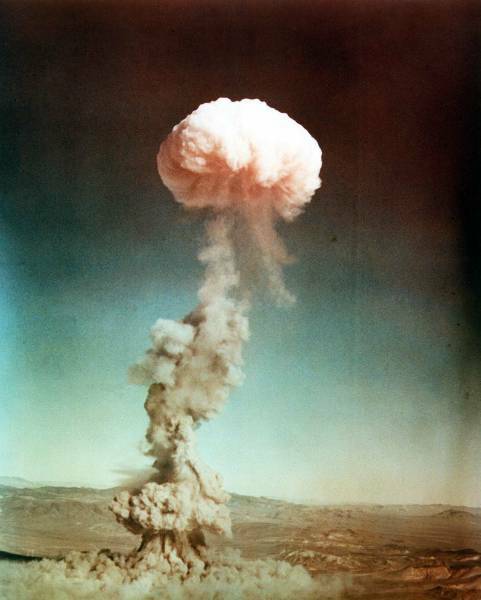sweetjeep
NAXJA Forum User
- Location
- Massachusetts
Hey folks.
For several reasons, I have to cut open and weld on an MJ gas tank.
It's been empty for months and months (5-6) and been sitting outside this entire time. It doesn't have any smell of gas to it but I am still nervous.. it's a gas tank.
In order to make this as safe as possible I was thinking of the following:
1) Wash the tank as much as possible with some nice hot soapy water.
2) Rinse the tank.
3) Leave it wet and then set up a CO2 tank to a smallish hose and continually blow a stream of CO2 gas into it while I cut one end off with a sawzall. I imagine from there I can wash the inside by hand and safely be asured of welding and cutting freely.
Thoughts?
Yes.. yes.. I know.. is possibly blowing myself up really worth the risk of spending the $250 on a new tank? Well... yes. In this case, it is.
For several reasons, I have to cut open and weld on an MJ gas tank.
It's been empty for months and months (5-6) and been sitting outside this entire time. It doesn't have any smell of gas to it but I am still nervous.. it's a gas tank.
In order to make this as safe as possible I was thinking of the following:
1) Wash the tank as much as possible with some nice hot soapy water.
2) Rinse the tank.
3) Leave it wet and then set up a CO2 tank to a smallish hose and continually blow a stream of CO2 gas into it while I cut one end off with a sawzall. I imagine from there I can wash the inside by hand and safely be asured of welding and cutting freely.
Thoughts?
Yes.. yes.. I know.. is possibly blowing myself up really worth the risk of spending the $250 on a new tank? Well... yes. In this case, it is.

